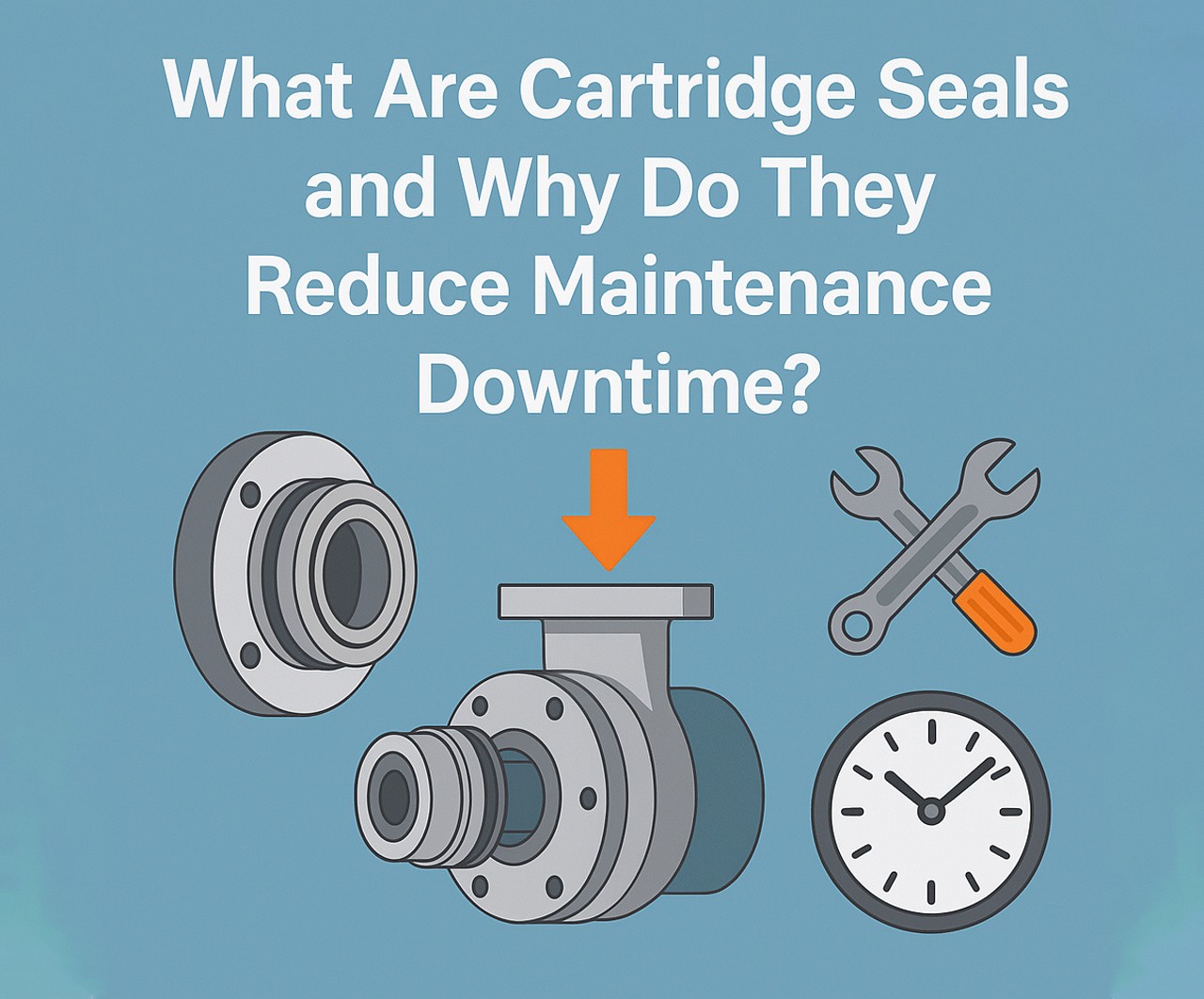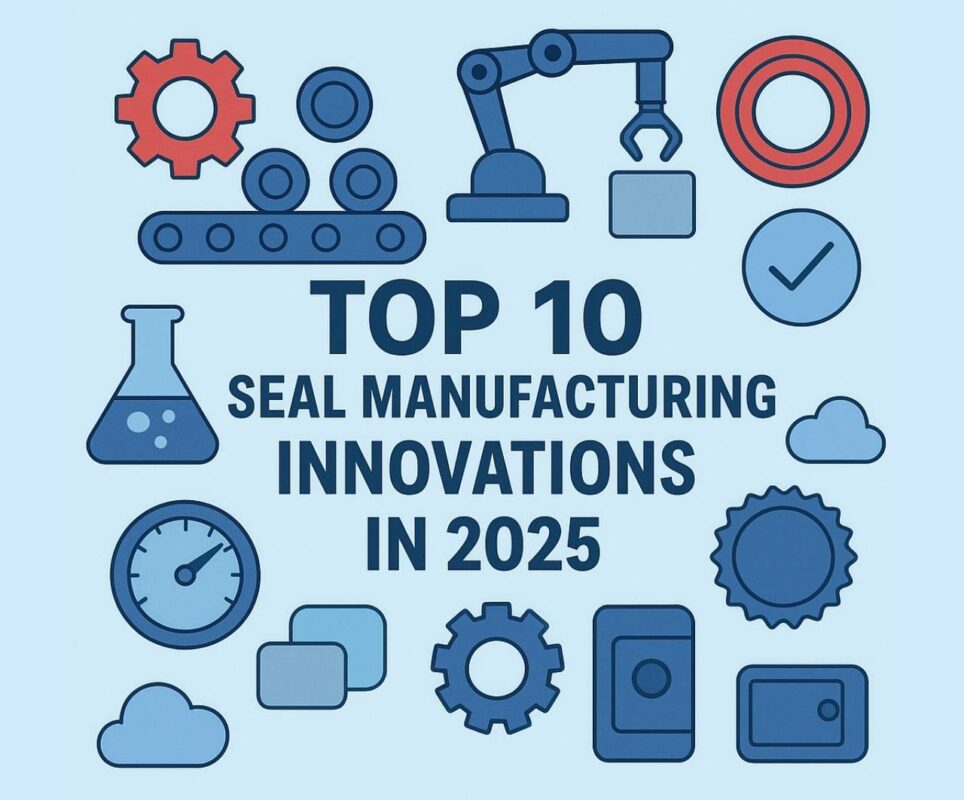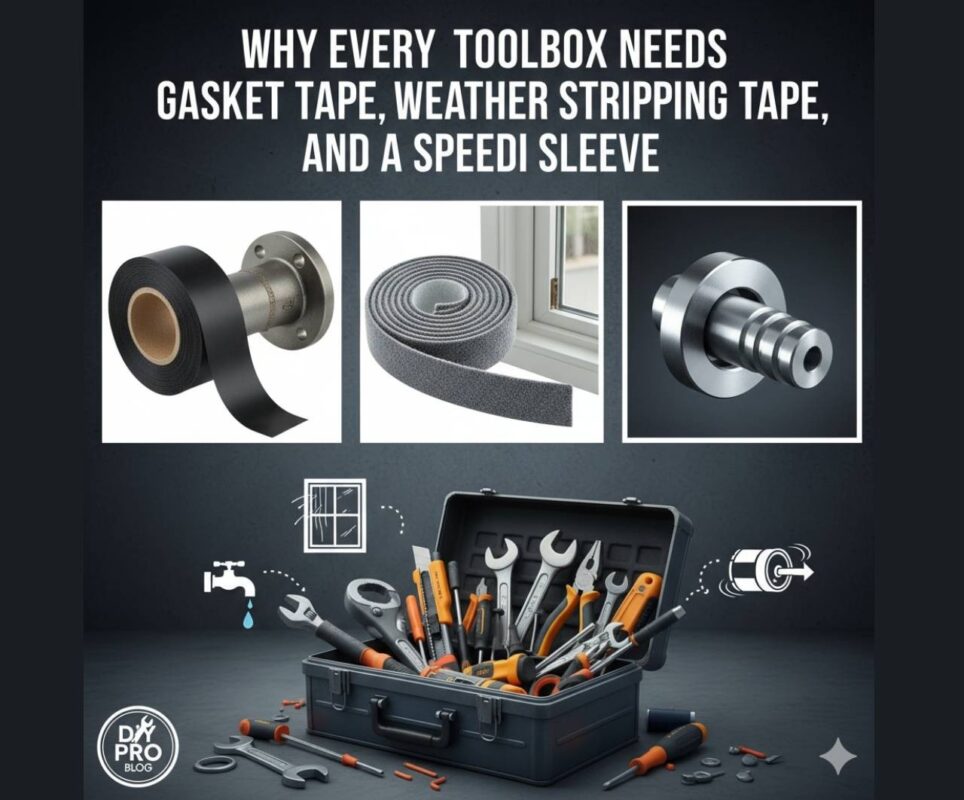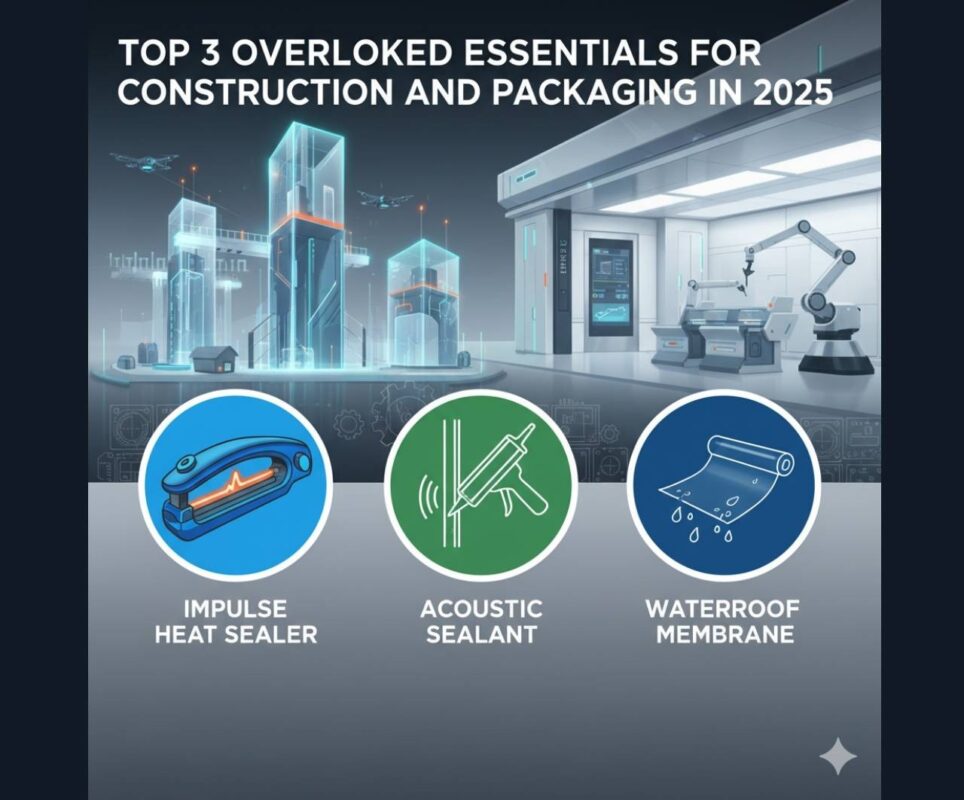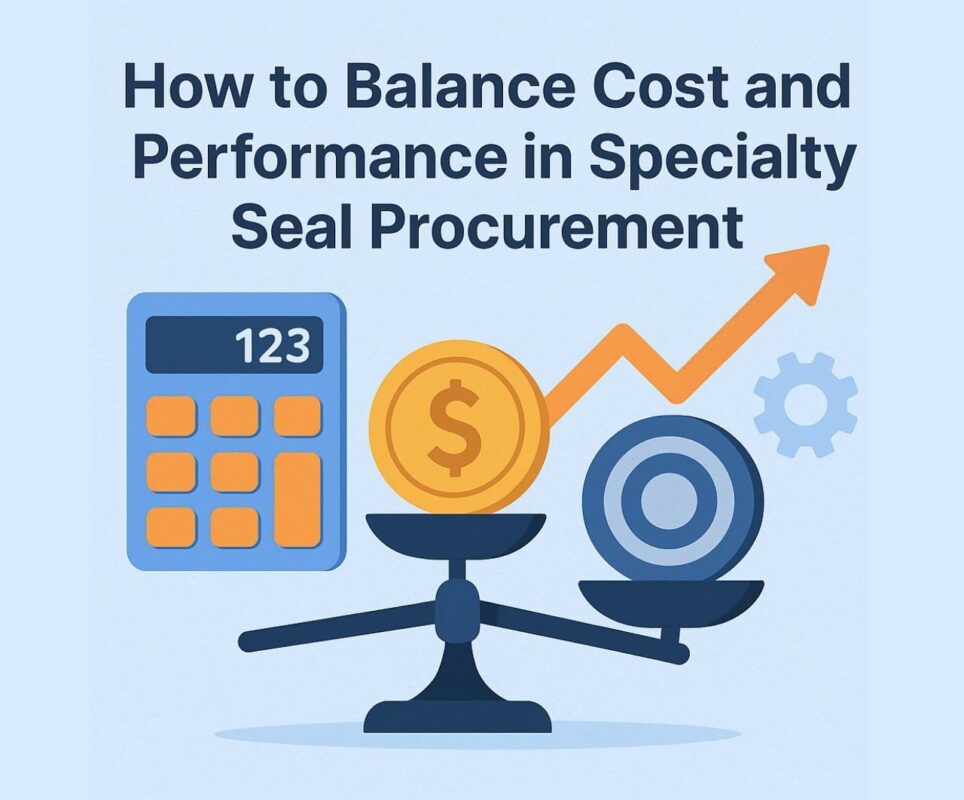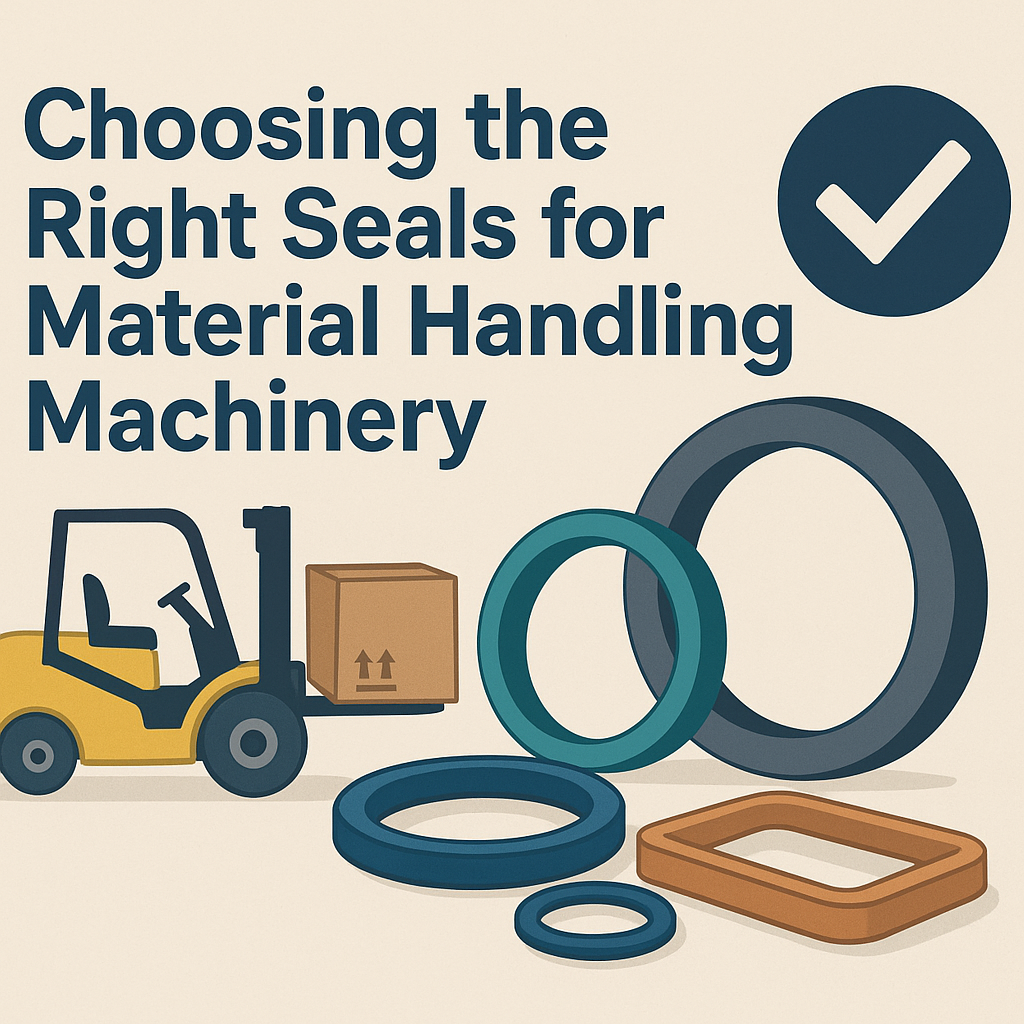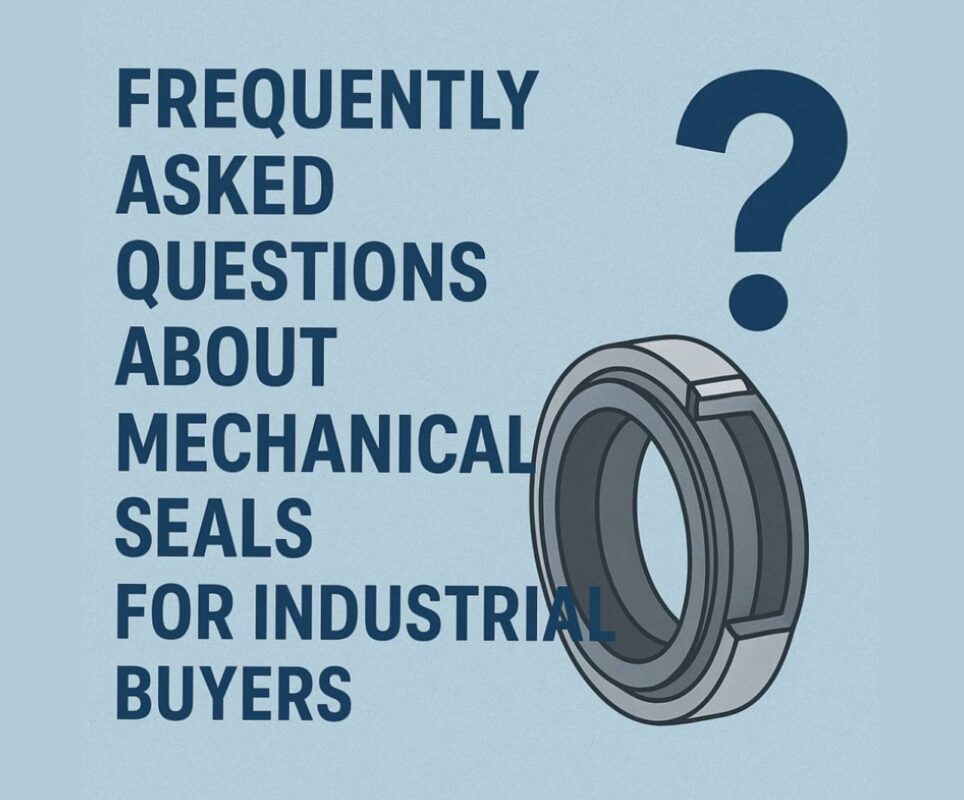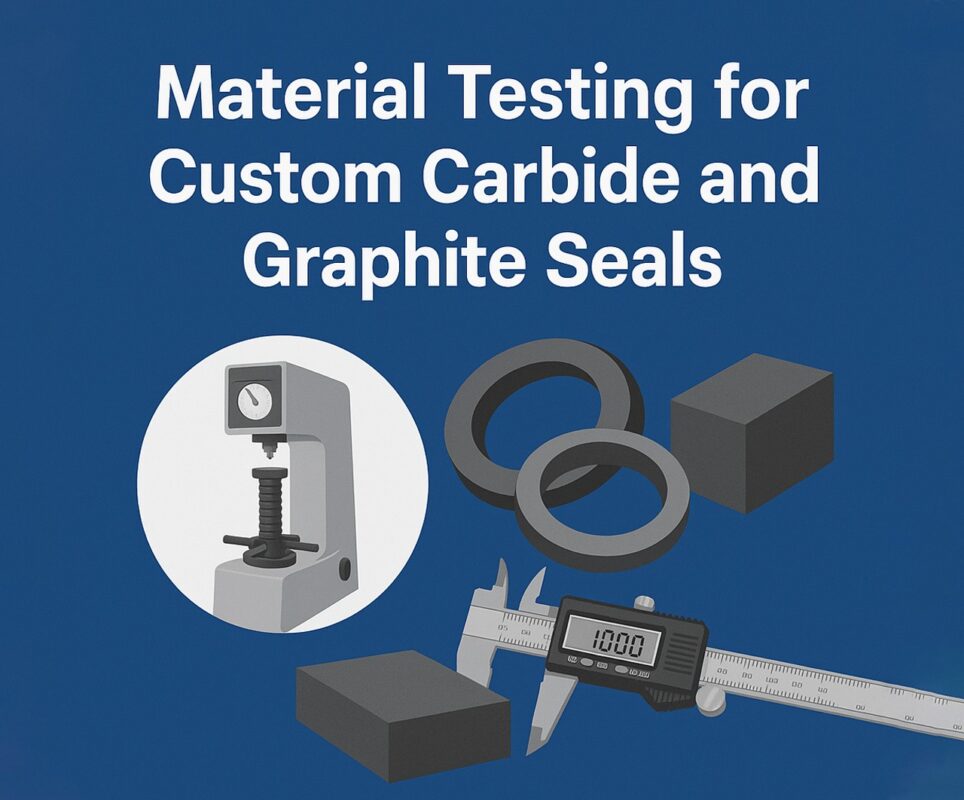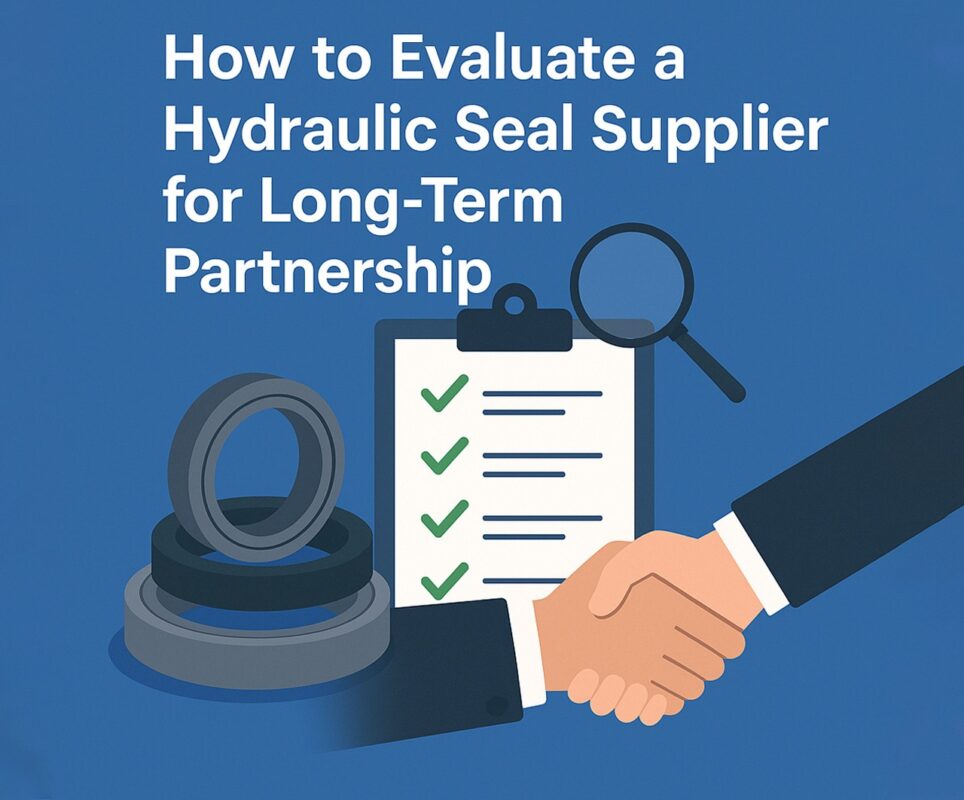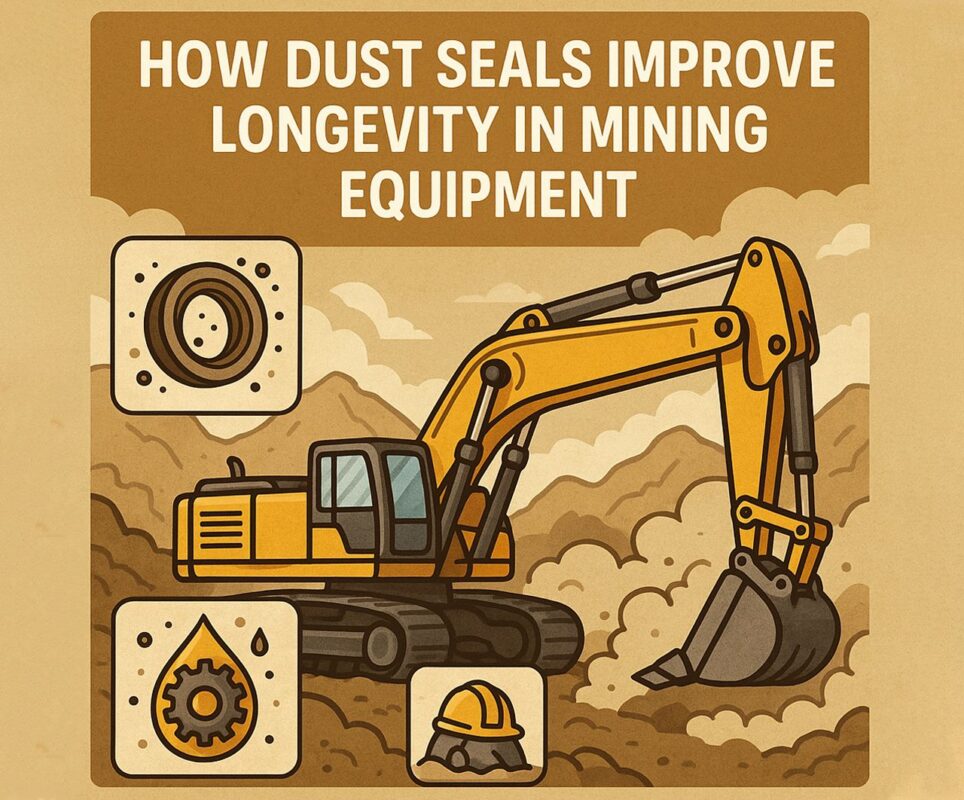When it comes to keeping industrial pumps and rotating equipment running with minimal interruptions, few innovations rival the efficiency of the cartridge type seal. Whether you’re installing a Double Cartridge Seals for aggressive media or upgrading to a pre-assembled double cartridge seal to cut hours off your maintenance window, cartridge seals are a top-tier solution for reducing unplanned downtime. Their design simplicity, alignment precision, and maintenance-friendly nature make them a go-to choice for industries that can’t afford production halts.
In this guide, we’ll dive into what cartridge seals are, how they work, and—most importantly—why they’re an essential asset for modern facilities aiming to improve reliability and performance. Know more..
What Is a Cartridge Type Seal?
A cartridge type seal is a pre-assembled, self-contained unit that includes all critical sealing components:
- Seal faces
- Secondary elastomer seals (O-rings or bellows)
- Gland plate
- Sleeve
- Fasteners and setting clips
Unlike component seals that require precise on-site assembly and shaft alignment, cartridge seals arrive as a complete package, ready to install with minimal room for error.
There are two main types:
- Single cartridge seals – used for clean, non-hazardous liquids
- Double cartridge mechanical seals – ideal for hazardous, high-pressure, or abrasive media, as they include a barrier or buffer fluid between the two sets of sealing faces
Key Benefits of Cartridge Seals
1. Simplified Installation
Installing a cartridge type seal is typically a one-step process: slide the seal onto the shaft, secure it in place, and remove the setting clips. No guesswork, no need to measure face loading, and no precision alignment required on-site.
2. Faster Maintenance Turnaround
Because the seal comes pre-assembled and aligned, maintenance techs can replace it in minutes rather than hours. This is especially helpful when dealing with a double cartridge mechanical seal in environments where downtime is measured in thousands of dollars per hour.
3. Reduced Installation Errors
Component seals are sensitive to alignment, torque values, and spring compression. Cartridge seals eliminate these variables, reducing the chances of misalignment or over-tightening.
4. Better Performance in Harsh Applications
A double cartridge seal can handle aggressive chemicals, slurry, or high-temperature fluids much better than a single component seal due to its dual-barrier protection.
5. Improved Safety
By enclosing all moving parts and minimizing fluid contact, cartridge seals reduce the risk of accidents—especially in hazardous fluid handling systems.
Understanding the Double Cartridge Mechanical Seal
A double cartridge mechanical seal is built with two sets of seal faces:
- One facing the product (inner seal)
- One facing the atmosphere (outer seal)
The space between them is filled with a buffer or barrier fluid that:
- Keeps seal faces cool
- Prevents contamination of the process fluid
- Provides a secondary level of sealing protection in case of inner face failure
These seals are ideal for:
- High-temperature pumps
- Slurry handling
- Toxic or flammable liquids
- High-pressure and high-speed applications
In many industries, a double cartridge seal is the only acceptable option due to environmental and safety regulations.
Industries That Benefit Most From Cartridge Seals
1. Oil and Gas
- High pressure, corrosive fluids, and flammable environments demand dependable sealing.
- Cartridge seals reduce maintenance times during critical plant turnarounds.
2. Chemical Processing
- Exposure to aggressive or hazardous fluids makes seal failure costly and dangerous.
- Double cartridge mechanical seals offer safe containment and cleaner operations.
3. Food and Beverage
- Clean-in-place (CIP) operations benefit from quick disassembly and resealing.
- Reduces contamination risk during seal changes.
4. Pharmaceutical
- Regulatory compliance demands aseptic designs and reliable performance.
- Pre-tested cartridge type seals simplify qualification and validation.
5. Power Generation
- Pumps and turbines require long-lasting, easily serviceable seals.
- Double cartridge seals withstand temperature and pressure variations.
Cartridge Seal vs. Component Seal: A Practical Comparison
| Feature | Cartridge Seal | Component Seal |
| Installation Time | 10–20 minutes | 1–2 hours |
| Error Potential | Low | High (requires skill) |
| Alignment Required | Pre-set from factory | Must be done manually |
| Shaft Damage Risk | Minimal | Higher due to improper fit |
| Typical Applications | Harsh, regulated, high-speed | Simpler, non-critical systems |
While component seals still have their place, the cartridge type seal is quickly becoming the default for demanding applications.
What to Consider When Choosing a Cartridge Seal
- Fluid Type
- Corrosive, viscous, or flammable? Go with a double cartridge mechanical seal with appropriate metallurgy and elastomers.
- Operating Conditions
- Consider pressure, temperature, shaft speed, and environmental exposure.
- Seal Face Material
- Carbon vs. Silicon Carbide vs. Tungsten Carbide
- Elastomer Type
- Viton, EPDM, FKM, or PTFE based on fluid compatibility
- Maintenance Cycles
- Cartridge seals are ideal if your plant has strict PM schedules or rapid changeover needs.
- Supplier Reputation
- Choose vendors who specialize in double cartridge seals and offer tech support, documentation, and warranty.
Installation Tips to Maximize Seal Life
Even though cartridge seals simplify the process, here are best practices to ensure optimal performance:
- Always clean the shaft and mounting area before installation.
- Avoid using sharp tools around the seal faces.
- Don’t remove the setting clips until the seal is securely installed.
- Follow torque specs for gland bolts.
- Ensure barrier fluid systems (in double seals) are functioning and clean.
Proper installation equals long-lasting seals.
Maintenance and Troubleshooting
Signs Your Cartridge Seal Needs Attention:
- Visible leakage from the gland area
- Seal face temperature rising abnormally
- Excess vibration or noise in the pump
- Discoloration or crystallization on seal faces
Routine checks and data logging can help detect problems early.
Quick Troubleshooting Chart:
| Symptom | Likely Cause | Recommended Fix |
| Barrier fluid leakage | Damaged O-rings or improper setup | Replace seal or reset fluid |
| Seal face chipping | Thermal shock or dry run | Ensure proper lubrication |
| High vibration | Shaft misalignment | Realign and retorque fasteners |
| Frequent replacement | Wrong material or poor install | Upgrade to correct seal model |
Future Trends in Cartridge Seal Technology
The industry continues to push for better, smarter, and more sustainable solutions:
- Smart cartridge seals with sensors for temperature, pressure, and face wear
- Eco-friendly designs that use less water or barrier fluid
- Modular seal kits for fast in-field customization
As predictive maintenance grows, expect the next generation of cartridge type seals and double cartridge seals to come with built-in diagnostics.
Final Thoughts
Cartridge seals have redefined reliability in industrial equipment. By eliminating installation complexity, reducing human error, and increasing seal performance, these pre-engineered solutions are a clear win for busy facilities. If your operation involves hazardous media, frequent cleanouts, or high-pressure cycles, upgrading to a double cartridge mechanical seal might be one of the smartest long-term decisions you can make.
In the end, a double cartridge seal isn’t just about sealing—it’s about streamlining maintenance, improving uptime, and protecting both equipment and personnel.

